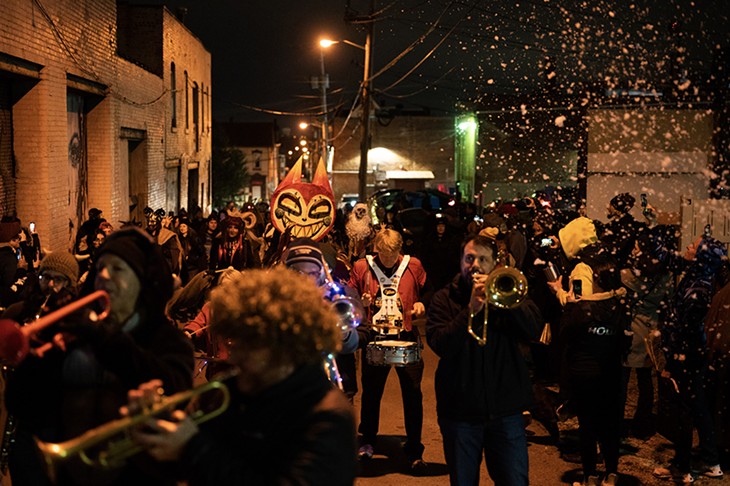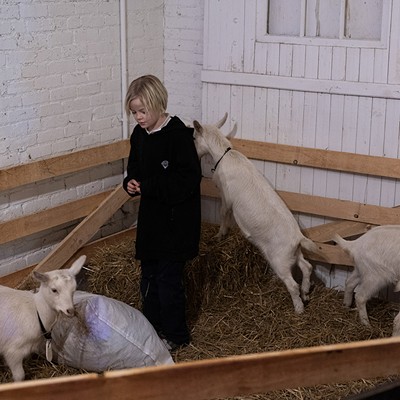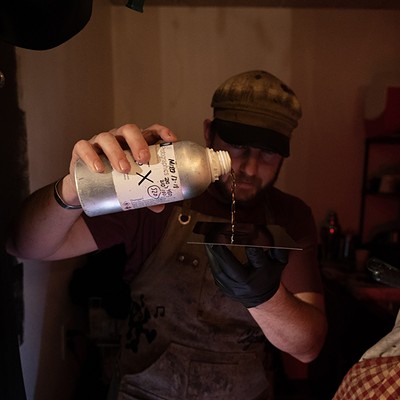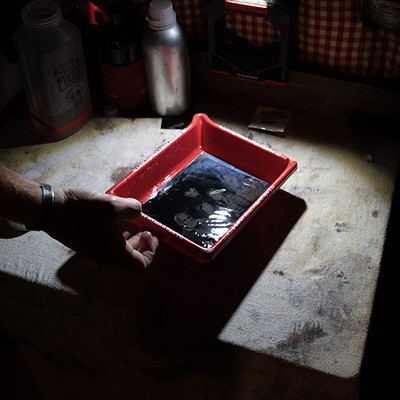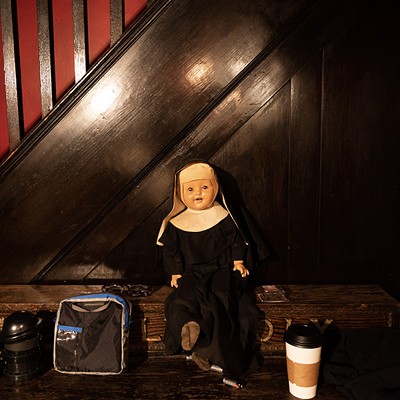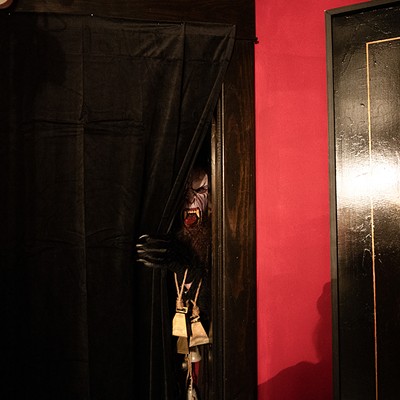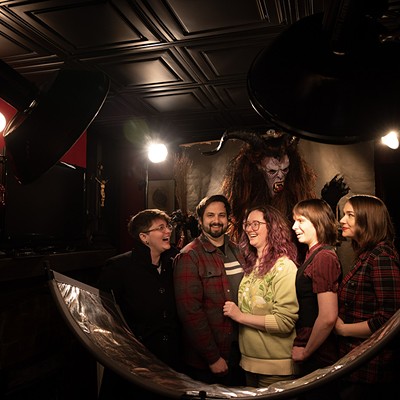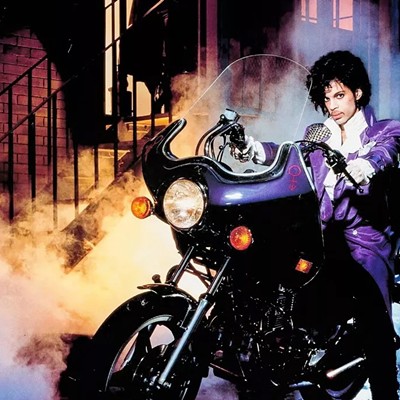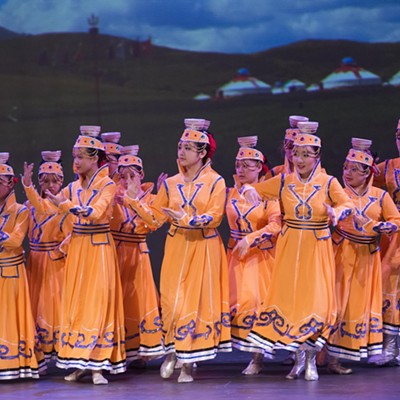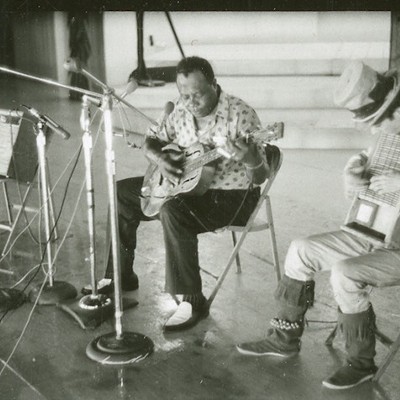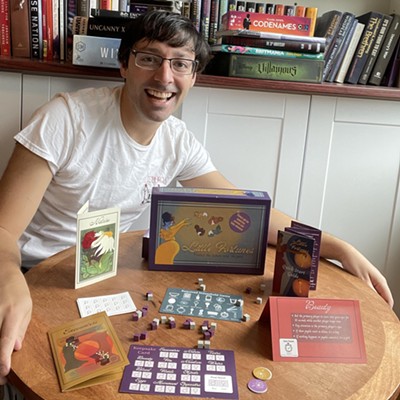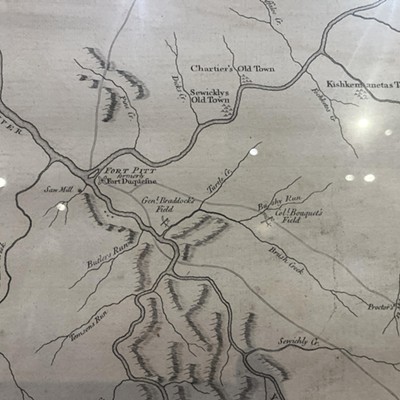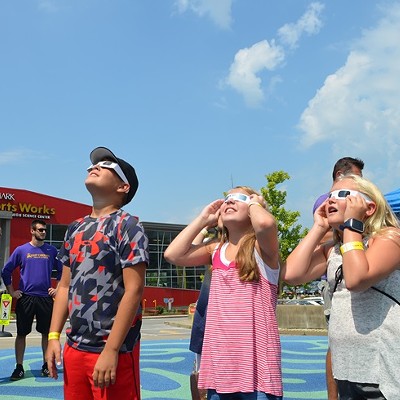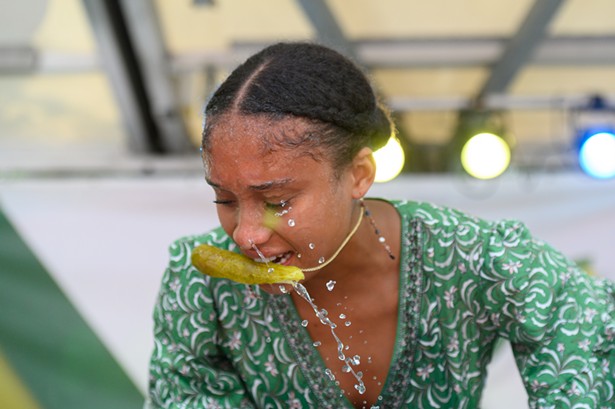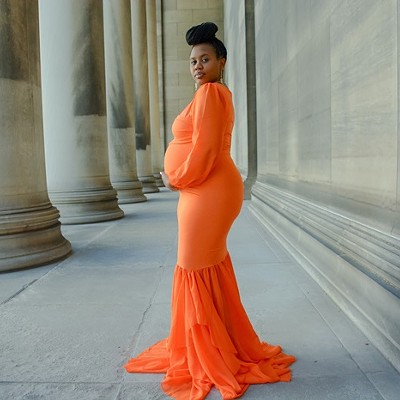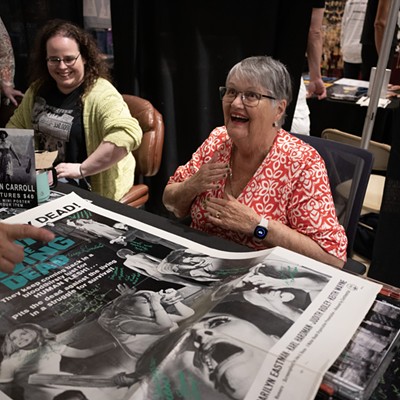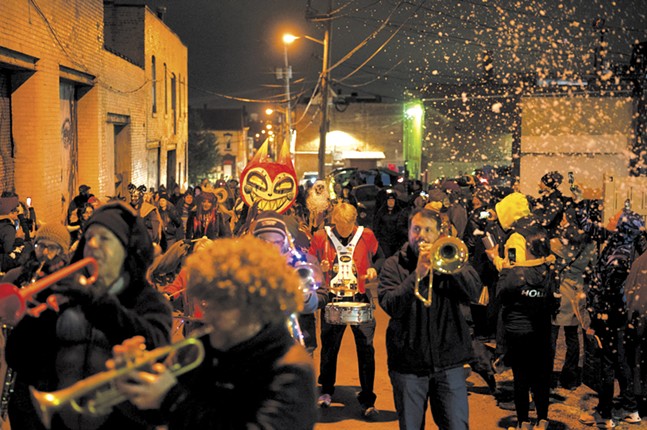
With 2024 heralded, post-holiday malaise setting in, and dark, snowy days upon us, it’s difficult to know how to mark this time of year beyond declaring: “It’s winter.” Mid-January through mid-February specifically encompass midwinter, typically the coldest and most desolate time of the year.
To combat this, in recent years, Americans have embraced the Scandinavian concept of hygge, which involves gathering with family and friends to cultivate a sense of coziness and comfort — with The New Yorker even naming 2016 as the Year of Hygge.
But as someone who loves different ways of celebrating seasons and cycles, let’s go back to the festive period kicked off in fall, beginning with Halloween. Those of us who love Halloween are often pitted against those who love Christmas. The narrative — pushed to drum up holiday rivalry and, likely, spending — goes: there are Halloween people and there are Christmas people and never the twain shall meet (except for in The Nightmare Before Christmas, but that’s it!). Halloween is for lovers of the spooky and macabre, and Christmas, synonymous with cheer and warmth (and hygge), arrives to vacate the weirdos and set us on our proper cultural course.
But historically, the two traditions are far more intertwined, and Halloween doesn’t end the spooky season, but, rather, begins it. Thus, this year, ahead of Pittsburgh City Paper’s forthcoming Winter Guide, I sought out a midwinter maven to give a true rundown of the season.
At Allentown curiosities shop The Weeping Glass, owner and artist Kelly Braden curates a Yule display and hosts an annual winter solstice celebration when those of us in the Northern Hemisphere receive the least amount of daylight all year (last year's fell on Dec. 21).
“That's why we have this celebration, because it’s the darkest day of the year,” Braden says. “It’s dark, it's cold … It’s the death cycle of everything before it rebirths … It's a hard time of year. When we didn't have all the[se] amenities, you had to prepare for a year ahead of time just so that you would survive those [winter] months.”
Braden tells City Paper she “did a deep dive a couple of years ago on these traditions” following the growing popularity of Krampus, the horned goat-like figure who stalks the Alps alongside St. Nicholas, punishes wicked children, and, incidentally, has a huge Pittsburgh fanbase. Krampus was the subject of his own horror film in 2015 — including a special promotion at ScareHouse featuring the movie’s costume and props — not to mention the city’s eight-years-running Krampus Fest in Market Square, headlined by Krampus-themed metal band Sleigher (which, last month, was honored with its own beer).
Braden quickly discovered that many of the spookiest winter traditions involve the “terrible things parents have come up with to scare their kids into submission during the holidays” and beyond.
“Every country kind of has this … other than the Americas, [who] like to sugarcoat everything and not scare [you],” Braden tells CP. “But a lot of countries have one dark entity that is a winter entity [and] the shadow of whatever St. Nicholas would be. So you have a giver for good people, and then you have the punisher.”
The Weeping Glass’ third annual solstice celebration boasted a parade of yuletide-affiliated monsters who marched with a live band through the alley behind the shop (Krampus himself helped partiers make tintypes).
Among their ranks were Jólakötturinn, the huge Icelandic “Yule cat” said to prowl the snowy countryside punishing children who didn’t complete their chores. According to Icelandic custom, children who finished their work before Christmas Eve received fresh winter clothes and socks — but the lazy faced the lurking, towering Yule cat eating their dinner or possibly being eaten themselves. Also hailing from Iceland were Gryla, an ogress, and her 13 Yule Lads, who eat mischievous children who haven’t properly laid out shoes on their window sills. Frau Perchta, the “Belly-Slitter,” was a white-robed witch, roaming the snow-covered Alps similar to Krampus, and meting out punishment to disobedient children, in the way her title implies.
Braden notes the “dark lore” spans the Scandinavian, Germanic, and Eastern European. In that spirit the solstice celebration included a market serving “Polish comfort food” and the food truck Steel City Chimneys, which makes Hungarian chimney cakes, or kürtőskalács, sugary cylinder-shaped treats that actually steam like a chimney.
“Pittsburgh is a melting pot of Eastern Europe,” Braden says, and a spooky solstice celebration calls back to immigrant traditions.
In Western Europe, Braden says, the supernatural ties are also less-than-subtle. The Christmas song “It's the Most Wonderful Time of the Year” includes a lyric explicitly referencing horror: “There'll be scary ghost stories / And tales of the glories of / Christmases long, long ago.” This refers to the Victorian tradition of telling ghost stories around the fire — often to keep children entertained — a practice that gave rise to perhaps the most well-known Christmas story of all time, Charles Dickens’ “A Christmas Carol,” with its three spirits.
The Weeping Glass also carries the “Yuletide Hauntings” issue of the folk magazine Hellebore, subtitled “A Summoning of Seasonal Terrors.” The collection’s description references a time where there was “not a village in England that had not a ghost in it, the churchyards were all haunted, every large common had a circle of fairies belonging to it, and there was scarce a shepherd to be met with who had not seen a spirit.” You can find similar story collections online.
For those with more modern sensibilities, midwinter is the perfect time to see a scary movie, something the Harris Theater appreciates. Last year, the Harris hosted a JanuScary Film Festival — a portmanteau that, if the theater didn’t coin, it certainly helped popularize locally. Six horror films were showcased with lumbering monsters more recognizable to us: Frankenstein’s monster and mummies.
This year, on Fri., Jan. 12, the theater brings holiday horror fans a new 4K restoration of the zombie classic Cemetery Man (1994), with Rupert Everett starring as graveyard caretaker. Later, on Sat., Jan. 27, catch a special one-night screening of new horror flick The Dead Next Door — the first film from director J.R. Bookwalter in 23 years — kicking off a national tour. The movie centers around a vaccine gone awry during a global pandemic, where hopefully our winter tales told around the fire don’t hew too closely to real life.
In the seemingly interminable Pittsburgh winter, thrills and chills are one way through.


